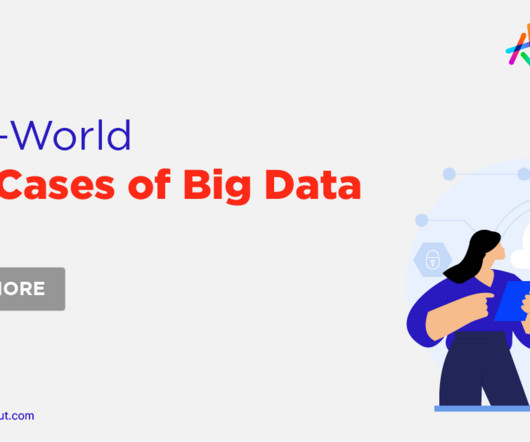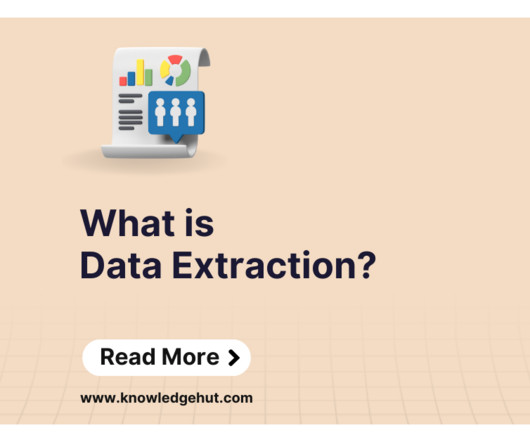Do You Know Where All Your Data Is?
Cloudera
JUNE 22, 2023
It ensures compliance with regulatory requirements while shifting non-sensitive data and workloads to the cloud. Its built-in intelligence automates common data management and data integration tasks, improves the overall effectiveness of data governance, and permits a holistic view of data across the cloud and on-premises environments.












Let's personalize your content